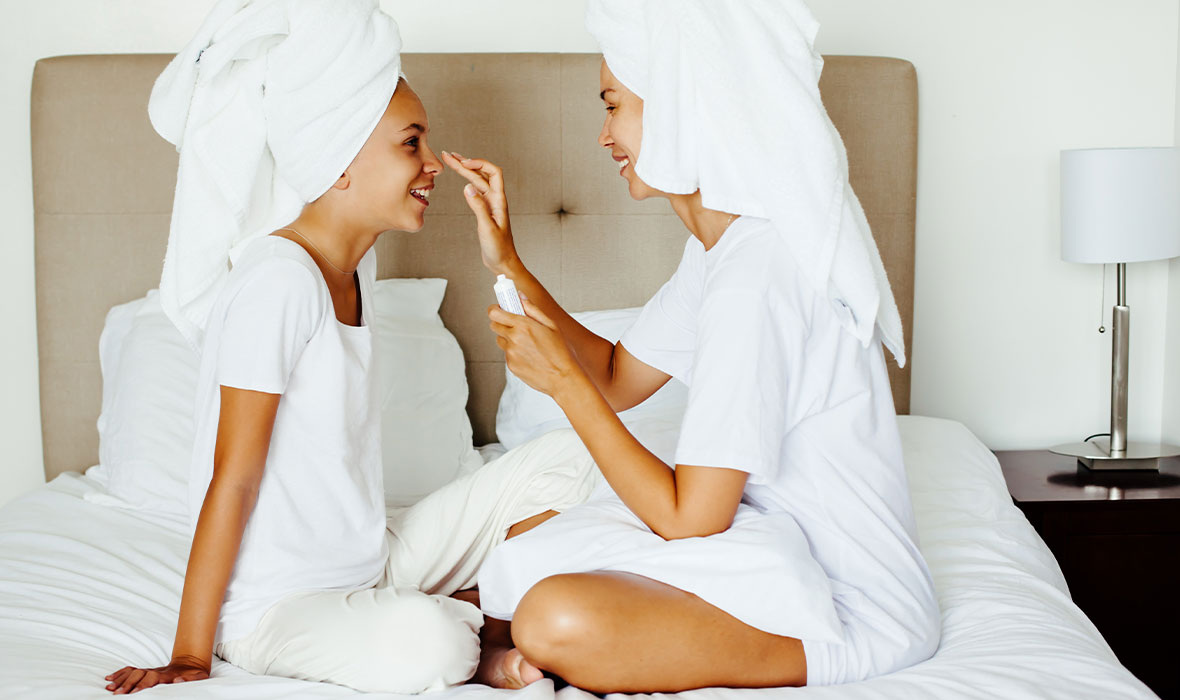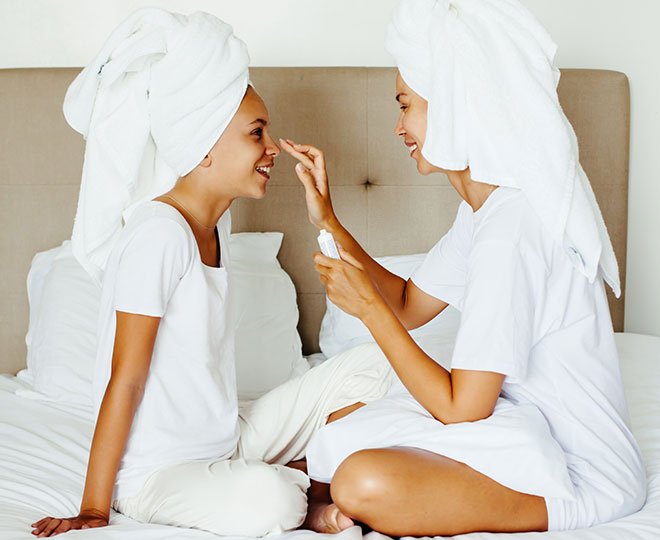You might have thought that the acne you suffered from as a teenager was gone forever, but it can pop back up in your 30’s, 40’s, and beyond. If you find yourself asking, "Why do I have adult acne," you’re not alone. Acne is the most common skin condition in the United States with over 50 million people being affected annually. It’s important to understand that teen skin with acne behaves differently than adult skin with acne, so they need to be treated appropriately.
There are several different types of acne including whiteheads, blackheads, papules and pustules, Whiteheads and blackheads (also known as comedones) appear with a white pus-filled top and blackheads are usually found in your T-zone. Papules are comedones that enlarge and form tender bumps on your skin, whereas pustules are typically filled with yellow pus
What causes adult acne?
While an excess production of sebum (oil) is to blame for causing pimples at any age, hormones, and genetics play a big role as well. Did your mother or father have acne as an adult? If so, there’s a good chance you will, too.
In addition to hormones and genetics, stress can also be a cause for adult acne. Stress can cause excess oil to be produced and can also lead to hormonal imbalance.
-
How to fight adult acne
When you have acne as an adult, it’s important to make sure you don’t dry out your more mature skin with anti-acne topicals. As you age, your skin loses buoyancy and can be drier than it used to be. Find a gentle spot treatment with ingredients like salicylic acid that’ll help to clear away your pimples. Depending on the frequency and severity of your adult acne, you may want to consider adding a retinoid to your regimen, which can help keep acne at bay.
What causes teen acne?
Hormonal changes during puberty are the number one reason teen skin breaks out. For boys, testosterone, and for girls, progesterone, increases the size of your oil glands and encourages your skin to produce more oil. So, at what age does acne start? An estimated 85 percent of teens get acne, and it can begin to pop up around age 11.
-
How to fight teen acne
Teen skin is resilient, but it’s important not to pick your pimples. If you pick, you risk being left with scars and hyperpigmentation. Hyperpigmentation is caused by an overproduction of melanin in the skin. If a pimple is picked at, it may leave behind a dark spot.
To help combat teenage acne, begin using active ingredients like benzoyl peroxide or salicylic acid. Benzoyl peroxide is commonly recommended by dermatologists to treat acne. It acts as an effective antibacterial treatment that delivers oxygen into your pores, unclogging them and killing bacteria. Salicylic acid promotes the shedding of dead skin cells. Try using one of our three-step systems with benzoyl peroxide. The systems are formulated to help take the guess work out of your regimen. They’re effective, yet gentle so you won’t experience any drying side effects.
The takeaway
Remember, skincare takes time, so be patient and whatever you do, don’t pick! While the root cause of acne for teen skin and adult skin is the same – clogged pores – they can be triggered by different elements and need to be treated strategically. Besides adding acne-clearing ingredients like salicylic acid and benzoyl peroxide to your regimen, both adults and teens can benefit from exfoliating and by using products that help to remove impurities and keep pores clean. If you’ve tried it all and are still experiencing teen or adult acne, we recommend consulting a dermatologist. Enlisting a skincare expert can help ensure you’re using the right products for your type of acne and help you get rid of it for good.






